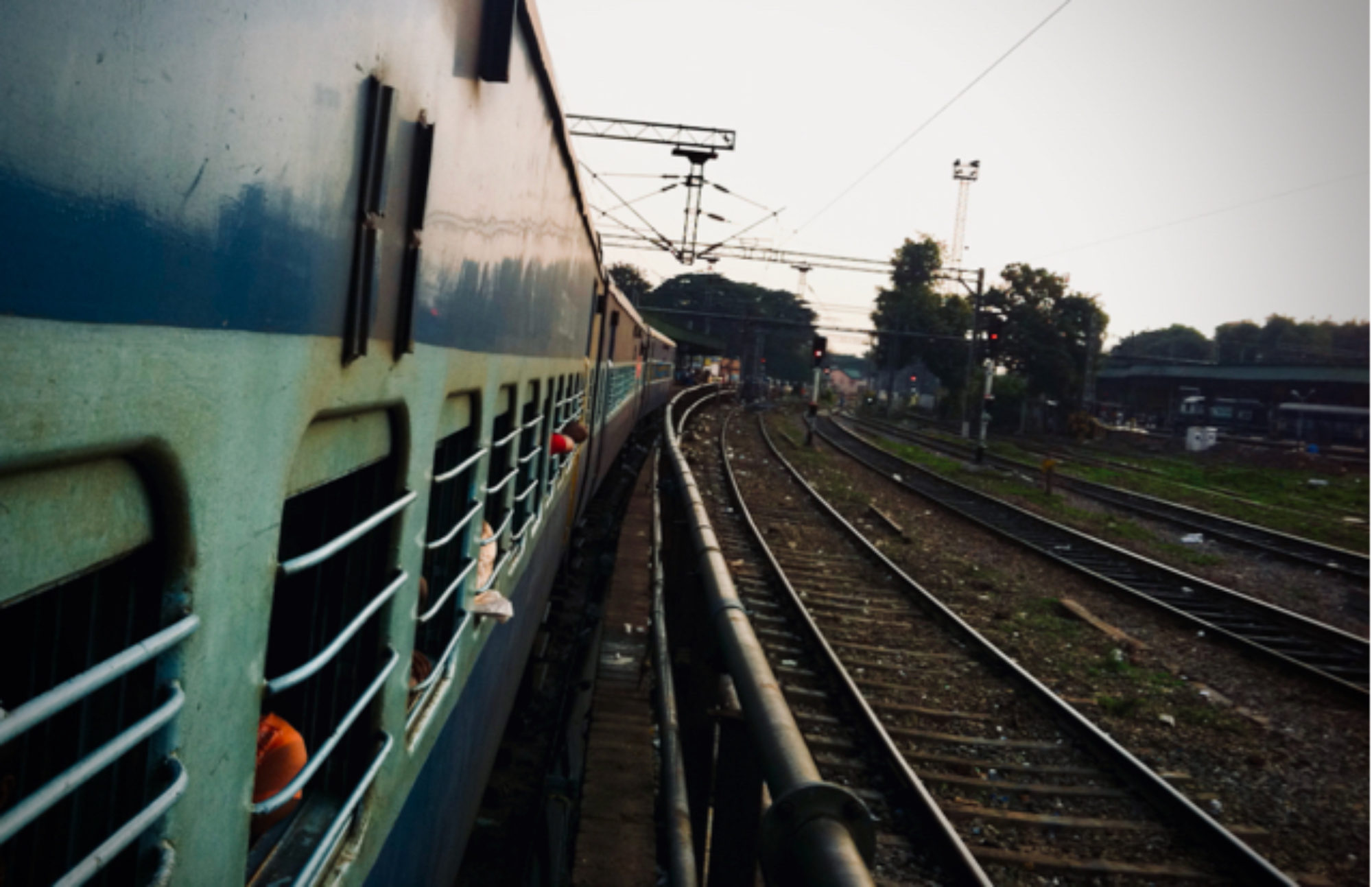The use of unmanned aerial vehicles (UAVs) as a farming tool has been an increasingly popular topic in the agriculture technology space. The collection of articles below outline the benefits UAV use can offer the agriculture sector as well as the roadblocks in the way of widespread commercial use.
Good Morning! I’m Here to Scout Your Crop by Elton Robinson on Delta Farm Press
UAVs in agriculture are still a work in progress yet they offer farmers benefits to see their land from new perspectives without scouting the fields themselves. The technology can save time, increase efficiency, and help farmers acquire the necessary data to make smarter crop management decisions.
A report from the National Research Council recently stressed caution for the UAV industry stating: “While civil aviation is on the threshold of potentially revolutionary changes with the emergence of increasingly autonomous unmanned aircraft, these new systems pose serious questions about how they will be safely and efficiently integrated into the existing civil aviation structure.” For now, the FAA requires that UAVs fly below 450 feet and always be within the owner’s line of sight but they are in the process of developing new rules and regulations for their use.
The prices of UAVs vary from $3,000 to $60,000. The UAVs on the low-end of the price range are small, battery-powered drones with flight times of 10 to 20 minutes: useful for plot work but not practical for large fields. GPS-equipped drones, on the other hand, are significantly more expensive but can be used for professional mapping and surveying. According to Randy Price, LSU Ag Center engineer, “in 15 minutes, it could do the work of one person working 8 hours.” These UAVs are catching on in crop consulting, helping consultants to cover areas more quickly and pinpoint problems more efficiently.
Farmers with UAVs share experiences by Kathy Huting on Farm Industry News
The Precision Aerial Ag Show in Decatur, Illinois was the first event of its kind, focusing solely on UAV use in agriculture. The conference featured speakers who own and use UAVs on their own farms. All of the farmers made it clear that they are abiding by AMA regulations, using the systems as hobbyists while awaiting FAA ruling on commercial use in agriculture.
A poll created by Huting gauged readers’ interest in using UAVs for farming: 39% of the voters expressed interest in purchasing one for their own farms while 27% voted that although interested in the technology, they are hesitant about the benefits offered. Their hesitation is that UAV use may only be beneficial for detecting problems, adding little value when crops are doing well. Growers who have invested in purchasing and learning to fly UAVs countered that the costs can be justified when you think on a per acre basis. Furthermore, as future demand grows, the technology will likely become cheaper. For now, many farmers are waiting on the FAA to rule on commercial use. Once this happens, UAV companies are likely to merge and offer scouting as a service which farmers can rent.
FAA Drone Rules are Needed by Chris Lusvardi on Government Technology
UAV operators can currently face up to $10,000 in fines for violating FAA guidelines. The FAA is relying on a 1981 advisory note that states drones can’t be flown more than 400 feet in the air to enforce this regulation. The regulation implies that landowners don’t have jurisdiction over their land, a contradiction to the 1946 Supreme Court ruling that gave ground property rights to landowners, with an exception for navigable air space in the public domain at a minimum safe altitude.
“The drone technology is ready to take off, particularly in agriculture, but the future remains shaky until the FAA defines the rules as it is mandated by Congress to do by 2015,” stated New York attorney Brendan Schulman. Drone use won’t only benefit farmers. Schulman expects the UAV industry to have a significant economic impact as well. In its first three years, the industry has generated $13.6 billion. Between 2015 and 2025 it is estimated to generate $82.6 billion and more than 103,000 jobs.
